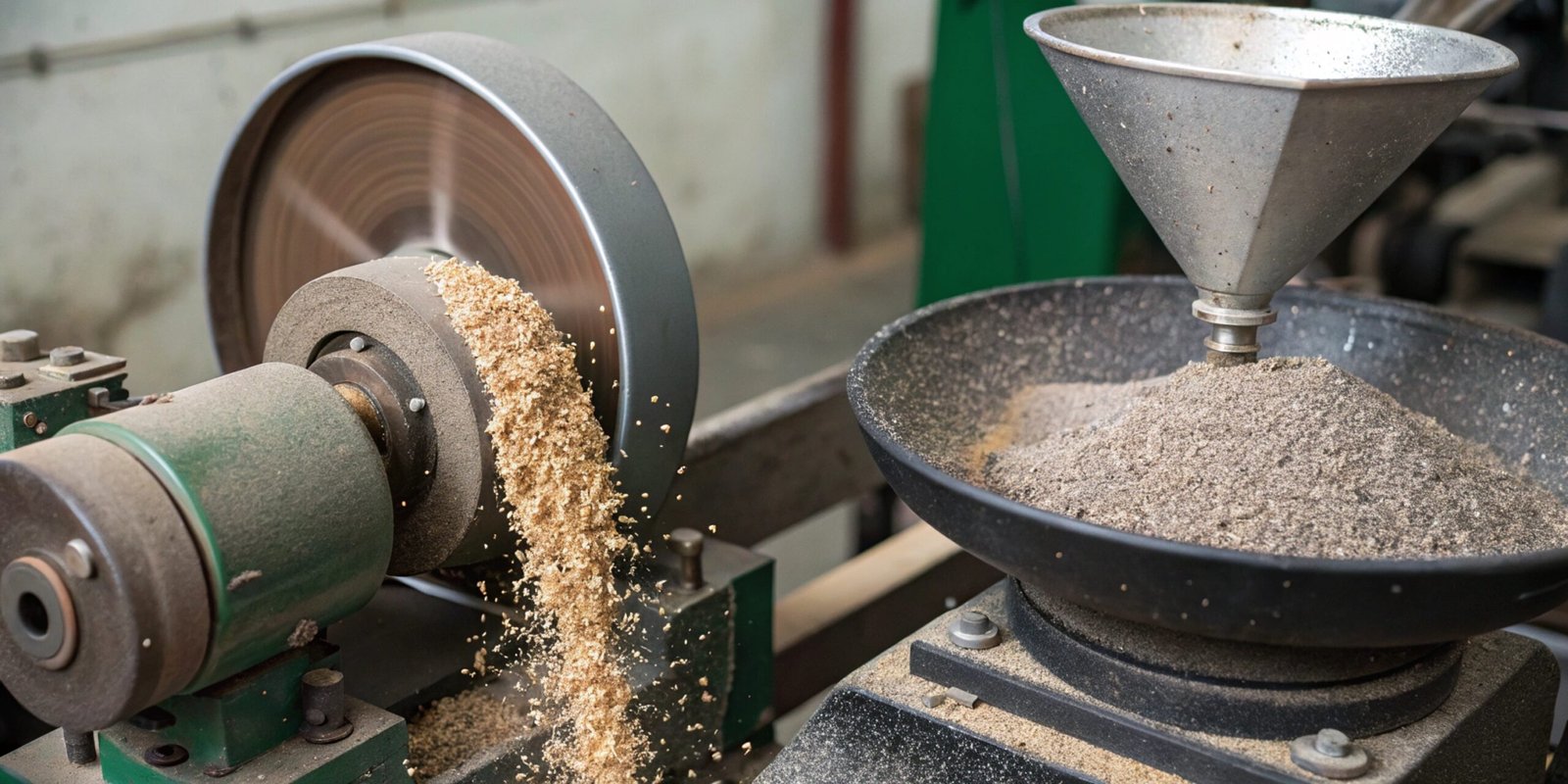
Confused by machining terms like grinding and milling? Choosing the wrong process costs time and money, leading to poor finishes and rejected parts. Let’s clarify these two essential manufacturing methods.
Grinding uses a spinning abrasive wheel made of tiny, hard particles to achieve very high precision and a smooth surface finish. Milling uses a rotating, multi-toothed cutter to remove large amounts of material quickly, creating shapes, slots, and holes.
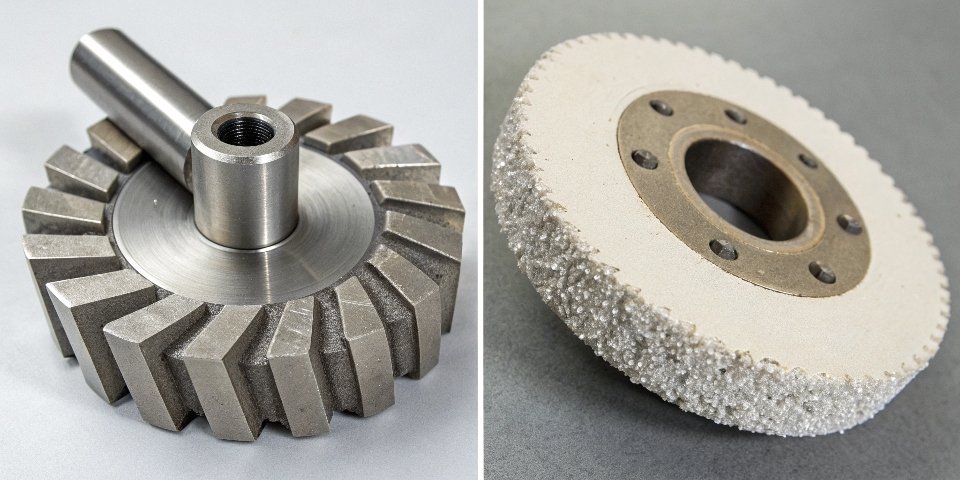
It can be easy to group all material removal processes together. However, understanding the deep differences between them is the key to improving efficiency and quality on your production line. Both grinding and milling cut and shape parts, but how they do it, what tools they use, and the results they produce are worlds apart. Let’s dive deeper to see when you should use one over the other, and how they can work together to create the perfect part. This knowledge will help you make better purchasing decisions for your tooling and machinery.
What is the difference between milling and grinding?
Do your machined parts sometimes lack the required precision or surface quality? Using milling for a job that needs grinding results in rough surfaces and failed tolerance checks. Let’s fix that.
The primary difference lies in the tool and its cutting action. Milling uses a tool with a few sharp cutting edges to chip away material. Grinding uses a wheel with thousands of tiny, abrasive grains that act as microscopic cutting points for fine, precise material removal.
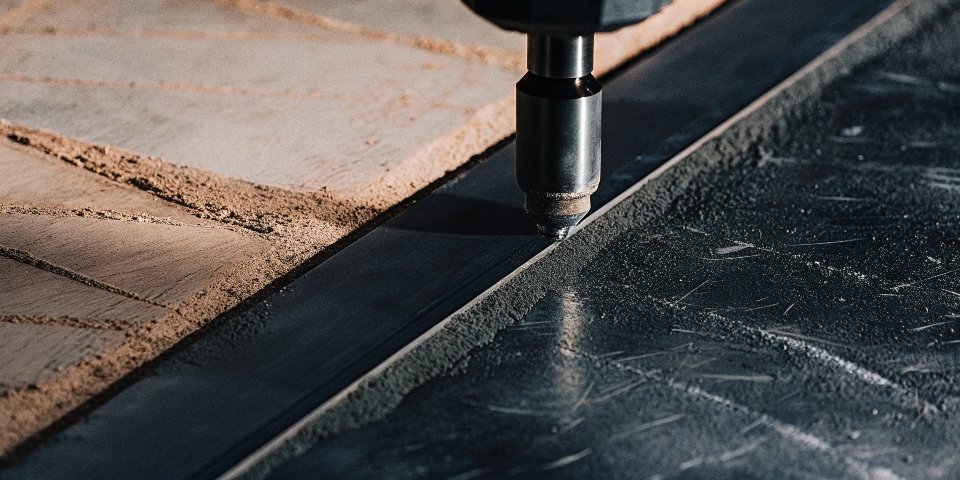
I’ve seen this issue many times over the last three decades in this business. A new client will come to us frustrated because they can’t meet the surface finish requirements for a part like a hydraulic piston or a bearing race. They’ve been trying to get there with milling alone. While modern milling is very capable, it has its limits. We need to look at how each process actually works.
The Tools Define the Job
A milling cutter has a few, well-defined cutting edges. Think of it like a sharp chisel that rotates very fast, taking big "bites" out of the material. This is why milling is great for soft metals like aluminum or unhardened steel.
A grinding wheel, which is our specialty here in Henan, is completely different. It’s made of millions of superhard abrasive grains, like diamond or cubic boron nitride (CBN), held together by a bonding agent. Each grain is a tiny cutting point. This allows grinding to effectively cut extremely hard materials, like hardened steel, ceramics, or carbides, that would quickly destroy a milling cutter.
Cutting Action and Final Result
This difference in tooling leads to a difference in process and results.
| Feature | Milling | Grinding |
|---|---|---|
| Material Removal Rate | High | Low |
| Primary Use | Roughing, shaping, creating features | Finishing, high-precision sizing |
| Surface Finish (Ra) | 1.25 – 12.5 µm (Rougher) | 0.01 – 1.25 µm (Smoother) |
| Suitable Materials | Softer metals, plastics | Hardened steels, ceramics, glass |
| Cutting Action | Interrupted cutting (chips) | Continuous cutting (fine swarf) |
Milling is perfect for removing a lot of material quickly to get the basic shape of a part. Grinding is the final step you take to hit those tight tolerances and create a perfectly smooth surface. They aren’t competitors; they are partners in a process.
What is the difference between a grinder and a mill?
Are you thinking about investing in new machinery for your workshop? Buying a milling machine when you really need the precision of a grinder can be a very expensive mistake.
A grinder is a machine tool built for precision, designed to hold and rotate an abrasive wheel at extremely high speeds. A mill is a more robust machine designed to hold and rotate a multi-tooth cutting tool, built to handle the heavy forces of bulk material removal.
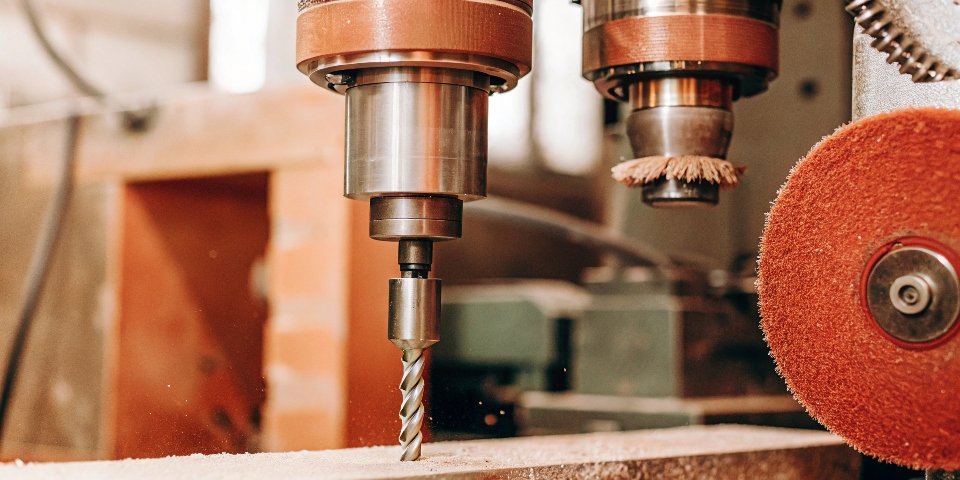
The machines themselves are engineered for their specific tasks. You can’t just put a grinding wheel on a milling machine and expect the same results as a dedicated grinder. The design philosophy behind each machine is fundamentally different. When you visit a factory like ours, you see machines that are completely dedicated to one process because that is the only way to guarantee quality.
Built for Different Forces
A milling machine, whether it’s a vertical mill or a large horizontal machining center, is built to be tough. It has to withstand the massive vibration and cutting forces generated when a cutter bites into metal. Its frame is heavy and rigid to absorb these forces.
A grinding machine, on the other hand, is built for stability and the absence of vibration. Because it’s a finishing process, any tiny vibration in the machine will be transferred to the part’s surface, ruining the finish. The spindles on grinders are balanced with extreme precision and designed to run at much higher RPMs than a mill’s spindle. This high speed is critical for the abrasive grains to cut cleanly instead of just rubbing against the workpiece.
Different Types for Different Jobs
Just as there are different tools, there are many types of these machines.
- Milling1 Machines: You have vertical mills for general-purpose work, horizontal mills for heavy-duty cutting, and 5-axis CNC mills that can create incredibly complex shapes. They are the versatile workhorses of the machine shop.
- Grinding Machines: These are more specialized. A surface grinder creates perfectly flat surfaces. A cylindrical grinder produces highly accurate shafts and pins. A centerless grinder is used for high-volume production of cylindrical parts. We manufacture grinding wheels for all of these machines, and each wheel’s composition is tailored to the specific machine and material.
In a well-equipped shop, you will always find both types of machines. One does the heavy lifting, the other adds the final, critical touch of precision.
What is the difference between grinding and turning milling?
Are you hearing workshop terms like turning, milling, and grinding used together? It’s easy to get lost in the jargon and misapply techniques, which can hurt your overall efficiency.
Turning creates round parts by spinning the workpiece against a stationary tool. Milling creates flat surfaces and complex shapes by spinning a tool against a stationary workpiece. Grinding is a finishing process that can be used after either turning or milling to achieve the highest level of precision.
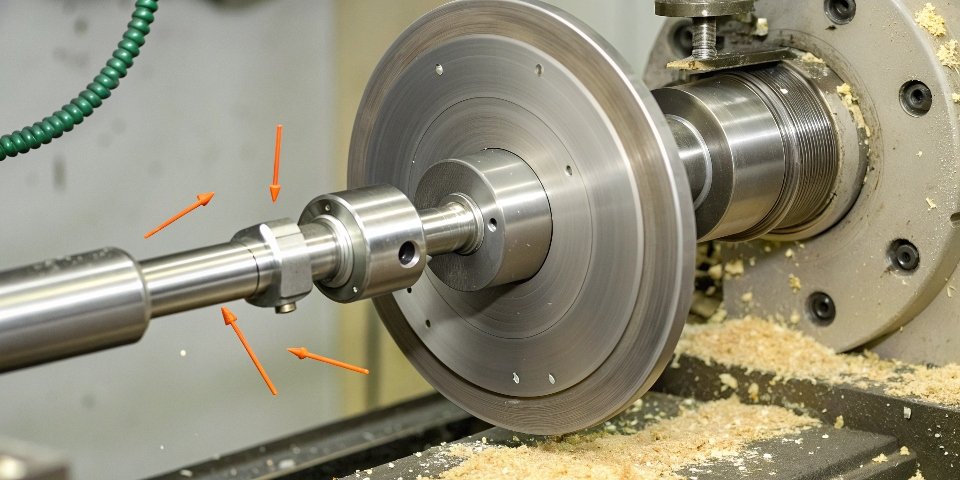
To make sense of this, let’s stop thinking of them as competing processes and start thinking of them as different tools in a toolbox. Each one has a specific job that it does best. The key to understanding them is to look at what is moving: the tool or the workpiece. This simple distinction defines what shape each process can create.
Workpiece Motion vs. Tool Motion
- Turning2: This process is done on a machine called a lathe. The round workpiece spins rapidly. A single-point cutting tool is advanced into the spinning workpiece to remove material. This is how you make anything cylindrical, like a shaft, a pin, or a bolt.
- Milling: As we’ve discussed, the cutting tool spins. The workpiece is held securely to a table that moves in the X, Y, and Z axes underneath the spinning cutter. This allows you to create flat surfaces, cut slots, drill holes, and make complex, non-cylindrical parts.
- Grinding: This process focuses on the tool. A grinding wheel spins at a very high speed. The workpiece can either be stationary (like in surface grinding a flat plate) or spinning (like in cylindrical grinding a shaft).
A Real-World Production Example
Let’s imagine you need to manufacture a high-performance axle for a gearbox.
- Turning: First, you would take a solid bar of steel and put it on a lathe. You’d spin the bar and use a turning tool to cut it down to its basic cylindrical shape and different diameters.
- Milling: Next, that axle might need a flat spot for a setscrew or a keyway to lock a gear onto it. You would move the part to a milling machine to cut these features.
- Grinding: Finally, the areas where the bearings will sit need to be perfectly round, extremely smooth, and have a very precise diameter. The part would go to a cylindrical grinder. The grinding process would remove just a tiny amount of material to bring the part to its final, exact dimension and create a mirror-like finish.
This workflow is how the highest quality mechanical components are made.
What is the difference between grinding and machining?
Is grinding just another type of machining, or is it something different? This common point of confusion can cause you to overlook grinding as a critical step in your total production process.
Machining is the broad category for all subtractive manufacturing processes, where material is removed to create a desired shape. Grinding is a specific type of machining, just like milling and turning are. Its unique feature is its use of abrasive particles rather than sharp-edged tools.
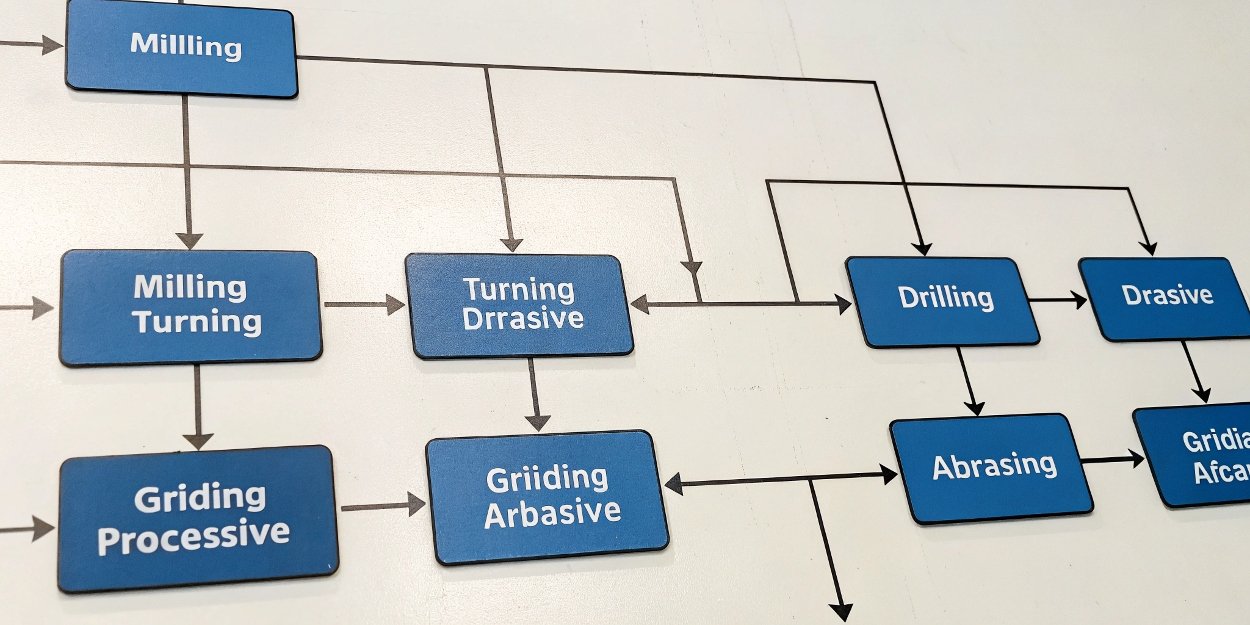
Thinking about this correctly helps you build a better manufacturing strategy. For many years, I’ve worked with purchasing managers who were trying to source a single tool for an entire job. The reality is that manufacturing is a sequence of steps, and you need to understand the whole family of processes.
The Machining Family Tree
Think of "Machining" as the family name. Under this family, you have several siblings:
- Milling: The sibling who is good at carving complex shapes and roughing things out.
- Turning: The sibling who can only make round things, but does it perfectly.
- Drilling: The sibling who specializes in just making holes.
- Grinding: The sibling who comes in at the end to clean everything up, add the final polish, and work on materials that are too tough for anyone else in the family.
Milling, turning, and drilling are often grouped as "conventional machining" because their tools have sharp, defined cutting edges.
Grinding’s Special Role: Abrasive Machining
Grinding belongs to a special branch of the family called "abrasive machining." This is our area of expertise. Its use of abrasive particles means it doesn’t chip away material; it shaves off microscopic amounts with thousands of cutting points. This is what gives grinding its two superpowers. First, the ability to produce incredibly fine surface finishes and hold extremely tight dimensional tolerances. Second, the ability to cut materials that have been hardened to a point where a conventional tool can’t even scratch them. We often get calls from businesses that have a problem: they’ve heat-treated a part for hardness, but now it’s slightly warped. Their milling tools are useless against it. This is where our diamond and CBN grinding wheels become the perfect, and only, solution. Grinding isn’t just another machining process; it’s the problem-solver for the highest demands in manufacturing.
Conclusion
In short, think of milling as the powerful tool for rough shaping and fast material removal. Grinding is the precision tool for finishing, achieving a perfect surface, and processing ultra-hard materials.
Written by
leeon
You may also be interested in:
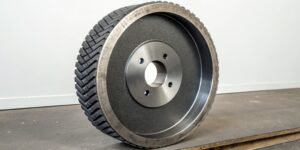
What's the application of CBN Wheels?
Struggling with grinding hard steels? Frequent wheel changes and poor finishes can hurt your bottom line. We have found that CBN wheels provide the durability
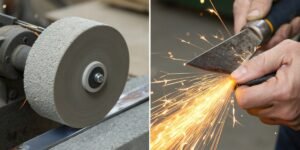
What is the difference between grinding and honing a blade?
A dull blade is a frustrating problem. It slows down production and ruins your workpiece. Using the wrong technique to fix it can cause permanent
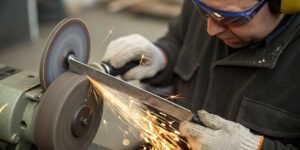
How to sharpen a knife on a bench grinder?
Is your dull knife slowing you down? A bench grinder seems like a quick fix, but you’re worried about ruining the blade. You need a
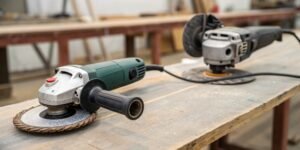
Can you use an angle grinder as a sander?
Your sanding project is tough, and your regular sander is not powerful enough. You look at your angle grinder. It has the power, but is
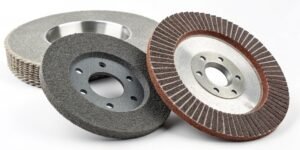
How to judge the quality of a grinding wheel?
Choosing the wrong wheel wastes money and ruins parts. Poor quality leads to downtime and rejection. A few key checks can guarantee you pick the

What is low stress grinding?
Struggling with parts failing due to hidden stress from grinding? This common issue causes cracks and reduces component life, costing you money. Low stress grinding
